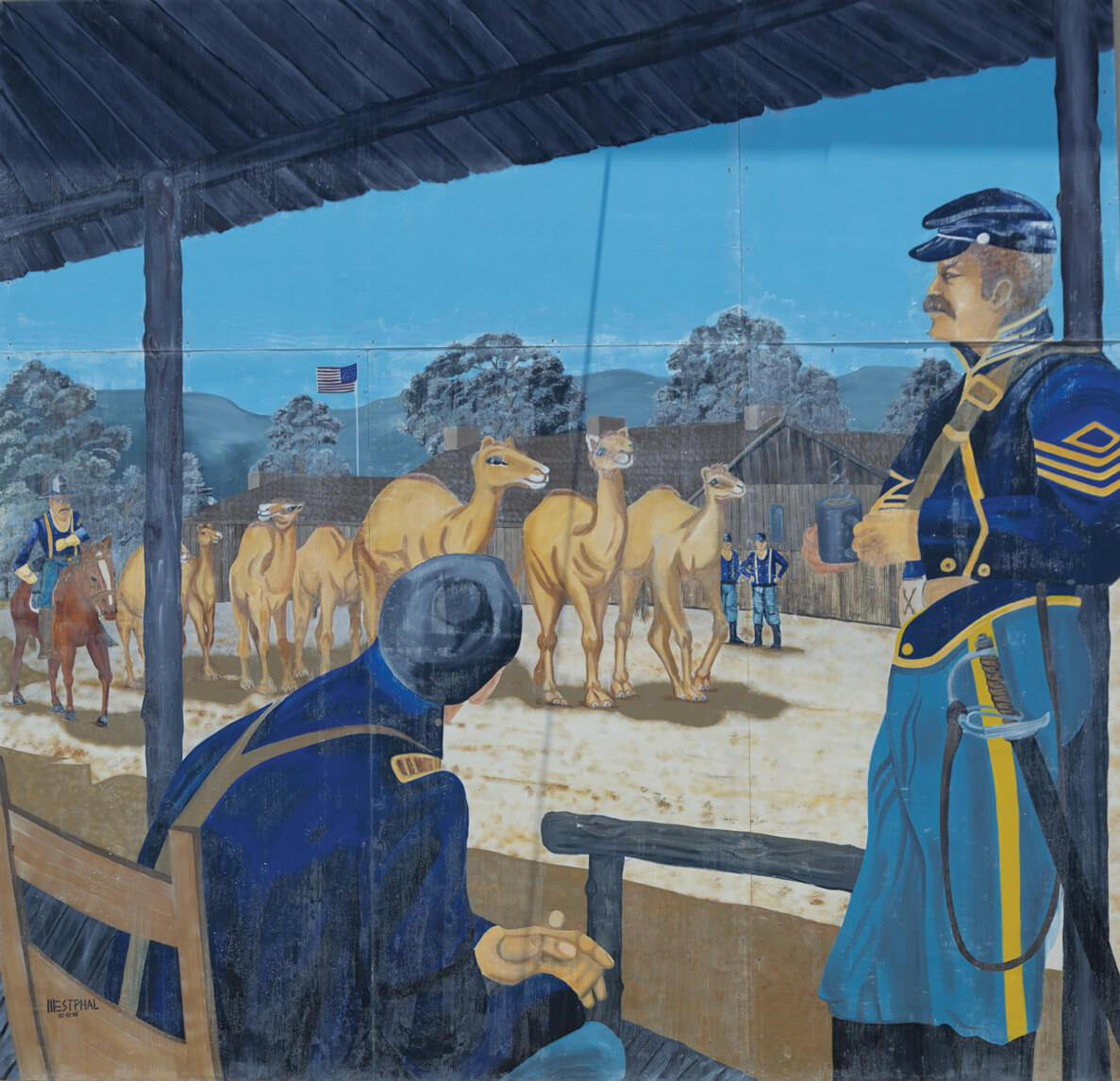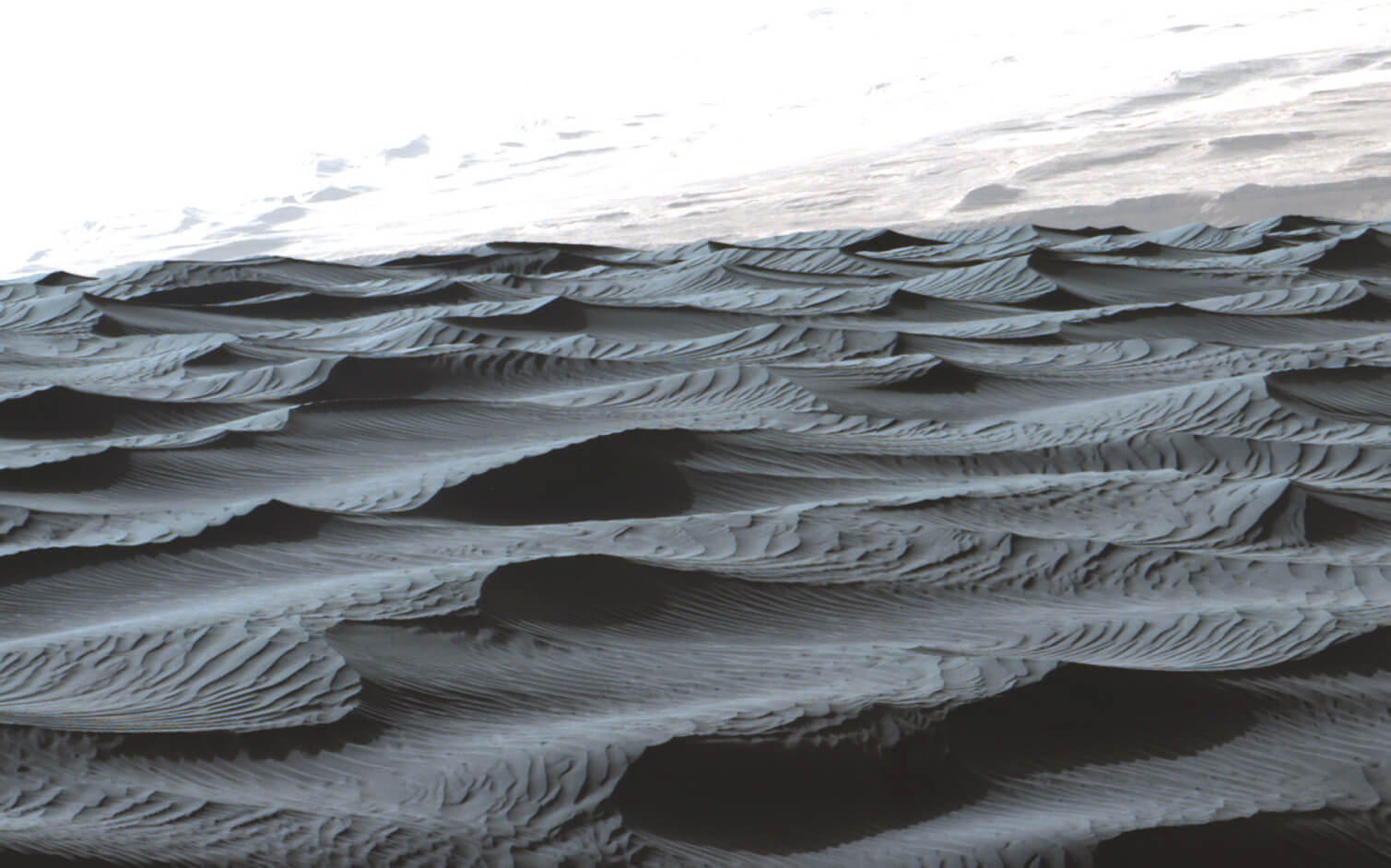Kiosk / Spring 2017
In the nooks and crannies
Cabinet
Imagine your name is Ralph. One day, when you are seventeen years old, your mother tells you that you had almost been named Alger. You are crushed, but then, to your surprise, you slowly recover by imagining what life would have been like as an Alger. A similarly introspective mood has pervaded the Cabinet office since a recent bout of spring cleaning unearthed a long-forgotten list of the names that were under consideration for this magazine as it was being conceived in 1999. (See this issue’s “Inventory” column.) What would life have been like as Soggy? Would you have subscribed to The Wedge? The most uncanny thought experiments, however, were the result of seeing titles that recalled those of other publications. One of the names we came up with wasn’t just close to that used by another magazine; unbeknownst to us, it was identical. Might had in fact been a little magazine published in San Francisco between 1994 and 1997. But by far the most transporting names were those that predicted, entirely inadvertently, the titles of magazines-to-be. If we’d plumped for n, would we have ended up more like the peerless n+1? Would naming ourselves And... have destined us to be more like the excellent, and now sadly defunct, Dot Dot Dot? The Friend—stolen from Coleridge, who ran a magazine of the same name—would probably have fated us to be more genial like The Believer. Had we chosen Omnivore, we would surely have become like the lamentably short-lived journal of the same name. And Mixer? Its proximity to the music magazine Blender suggests…. Enough! Ralph we have been for seventeen years, and Ralph we will remain.

• • •
You will have noticed in the above fantasy that magazine titles are always italicized. As are books, films, plays, artworks, and albums. But not poems, short stories, songs, or essays, which only get to be comforted by double quotes. The worst novel is italicized, but Flaubert’s story “A Simple Heart” is not. So, italicization is not a gauge of the quality of an individual artifact, but a marker of the category to which it belongs. But this simple formatting decision does seem to drag in with it a certain amount of gravitas, to privilege certain forms of cultural expression. We’ve recently been pulling our hair out over the question of whether or not to italicize video games. Some publications, for example, London Review of Books, do; others, such as The New Yorker, do not. One way to think about this question is to ask: Are video games more like films, or more like games? No game—even one as intellectually complex as chess or Go—is italicized. But perhaps making a video game is more akin to making a movie. This would be a value-neutral judgment, one centered on the mode of production rather than any intrinsic artistic value. But it remains the case that video games have users, not spectators; they are meant to be played, rather than watched. And so, drum roll, for the purposes of our own stylesheet, we have decided to leave video games unitalicized, where they can hang out in the same pasture as such classics as Monopoly, backgammon, poker, and Gas Crisis.
• • •

Speaking of petroleum products, we all know that America’s worst enemies congregate in arid, oil-soaked wastelands close to the equator. At least that’s the opinion of one Randy Voepel, a homo “sapiens” who is a legislator in the California State Assembly. While running last fall for the seat he currently occupies, Voepel hailed accelerating climate change for its potentially deleterious effect on Muslim-majority nations he deems unfriendly to US interests. “Most of the Muslim nations are in the hot areas of the world,” he told reporters, an “observation” he elaborated upon in a later interview: “It will probably have a negative effect on their environment.” Given that the American desert is inexorably creeping into Voepel’s district in Southern California, it’s likely that the climate change he is cheering on will soon bring the sand dunes he imagines are a signifier of Muslim backwardness to his own front door.
• • •

As the parching of the area under Assembly member Voepel’s “stewardship” ramps up over the coming years, he will need to offer his constituency alternative options for transportation better suited to the approaching dunescape. One place to start would be with the story of George H. Crosman and Henry C. Wayne. (See “Tales of Desert Nomads” in Cabinet no. 21.) Crosman and Wayne were a pair of American military officers who in 1855—in the aftermath of the Mexican-American War, much of which was fought in harsh desert conditions—convinced then-Secretary of War Jefferson Davis to found the so-called Camel Corps. Using an allocation of thirty thousand dollars, the army imported over the following years more than seventy camels from North Africa and installed them at a place they had built to house them in south-central Texas called Camp Verde (memorialized recently in the above mural painted on the side of a lumber company in the nearby town of Ingram). The army had the intention of using the animals for both troop and supply transport in the Southwest, and by many reports the animals performed ably, but the experiment was short-lived. Camp Verde was taken over by the Confederate Army at the beginning of the Civil War in 1861 and the bulk of the camels were eventually sold to zoos and carnivals, although a number were simply abandoned or escaped into the surrounding wilderness.
• • •

While rummaging around in the sand for ideas for this issue, one of our colleagues alerted us to the fascinating figure of Brigadier Ralph Alger Bagnold, the founder of the British Army’s Long Range Desert Group, a unit that played an important role in the Allied effort in North Africa during World War II. (That wrecked Chevy truck in Emilio Distretti’s article “Titanic in the Desert” in this issue was one of his.) But years before the war, Bagnold had already begun a life of deep engagement with the desert sands. Taking a degree in engineering from Cambridge after serving in the Great War, Bagnold returned to active duty in 1921, serving in India and then Egypt, where he explored the surrounding deserts with an eye to determining what sorts of vehicles and maneuvers were most effective for negotiating dunes. It was not, however, just vehicular transportation in the desert that fascinated Bagnold, but also the transportation of its most familiar element: sand. His investigations of dune structures—so influential on later scientific work that Mars boasts a Bagnold Dune Field, shown here—were based on close studies of the three ways in which wind moves sand in the desert: saltation, suspension, and creep. Oh, hi Randy!
Spotted an error? Email us at corrections at cabinetmagazine dot org.
If you’ve enjoyed the free articles that we offer on our site, please consider subscribing to our nonprofit magazine. You get twelve online issues and unlimited access to all our archives.